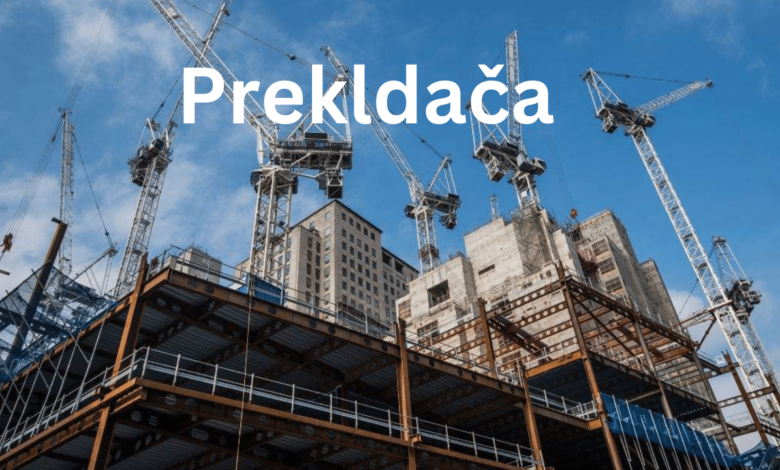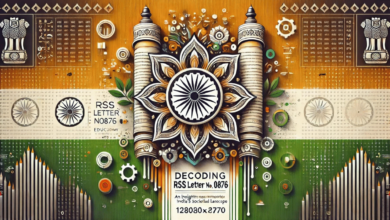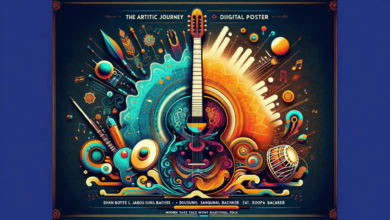
In today’s globalized world, the ability to communicate across language barriers is more valuable than ever. Online translators, or prekldača, as the term is intriguingly presented, play a crucial role in bridging these gaps. This guide delves into modern online translation tools’ functionalities, benefits, and limitations, providing insights into their revolutionary impact on communication, education, and business.
Understanding “Prekldača”: The Evolution of Online Translators
The term prekldača seems to be a unique representation, possibly stemming from a typographical error or a specific dialectical variation, closely resembling the word for “translator” in some languages. Despite the unconventional term, the essence remains the same – online translators are sophisticated software that converts text or speech from one language to another. Over the years, these tools have evolved from simple word-for-word substitution algorithms to complex systems employing advanced artificial intelligence (AI) and machine learning (ML) techniques, capable of understanding context, tone, and even idioms.
The Titans of Translation: Google Translate, DeepL, and Yandex Translate
Several key players dominate the landscape of online translators, each offering unique features and capabilities. Google Translate is the most widely recognized, supporting over 100 languages and providing instant translations for text, websites, and even live conversations. DeepL Translate, on the other hand, is lauded for its superior accuracy and nuanced understanding of language, making it a favorite among professionals who require high-quality translations. Yandex Translate extends its services to include text and web page translations and image translations, accommodating over 90 languages.
Applications and Impact: Beyond Simple Translations
The use of prekldača extends far beyond simple word conversions. In education, these tools facilitate access to vast knowledge previously limited by language barriers. For businesses, they enable cross-border communication and commerce, opening up new markets and opportunities for growth. Furthermore, in the realm of personal communication, they foster connections between individuals from different linguistic backgrounds, promoting cultural exchange and understanding.
Navigating the Limitations: Accuracy and Contextual Challenges
Despite significant advancements, online translators have their limitations. The accuracy of translations can vary, especially with languages that have fewer resources or are structurally complex. Contextual nuances, idioms, and cultural references often pose challenges, sometimes resulting in technically correct translations that must be revised in the intended meaning and tone.
FAQs on Prekldača and Online Translators
What does prekldača mean?
Prekldača appears to be a unique representation of the word “translator,” referring to online translation tools.
Which online translator is known for the accuracy?
DeepL Translate is often recognized for its superior accuracy and nuanced language understanding.
Can online translators handle live conversations?
Yes, services like Google Translate offer features to translate live conversations in real time.
Are there any limitations to using online translators?
While highly advanced, they can struggle with contextual nuances, idiomatic expressions, and less commonly spoken languages.
How have online translators impacted global communication?
They have significantly lowered language barriers, enabling more accessible access to information, fostering cross-cultural communication, and facilitating international business endeavors.




